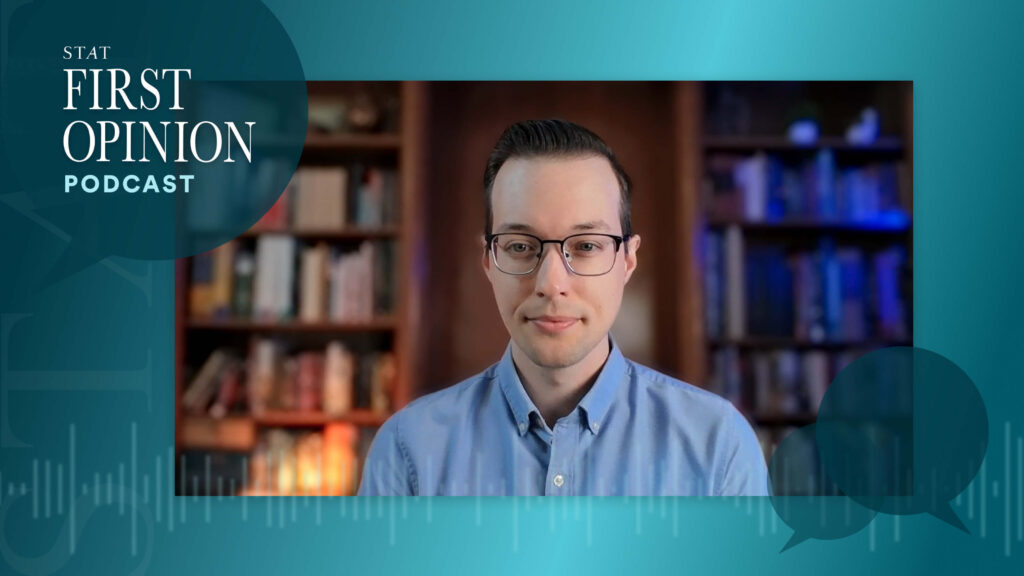In today’s rapidly evolving digital landscape, the role of science communicators has become increasingly vital, particularly in the wake of the COVID-19 pandemic. With misinformation spreading like wildfire, health social media influencers—like Morgan McSweeney, known as Dr. Noc—are stepping into the spotlight, wielding their platforms to educate the masses.
### The Rise of Health Influencers
McSweeney’s journey began during the pandemic, a time when traditional methods of science communication were rendered inadequate. He observed that a casual one-minute video about immunology garnered exponentially more views than his academic research papers ever could. With over 4 million followers across varying platforms, McSweeney’s experience encapsulates a new wave of science communication that combines education and entertainment—termed “edutainment.”
### Striking a Balance: Engagement vs. Accuracy
One of McSweeney’s key insights is balancing engagement with accurate information. Many science communicators struggle with the question of how best to reach their audiences. Should they align their messaging with those already on board, or strive to educate those in the middle ground, who may be confused and seeking clarity? McSweeney tilts toward the latter, opting not to engage directly with those vehemently opposed to science. Instead, his focus lies on helping those unsure of the facts, aiming to provide nuanced, digestible information that encourages informed decision-making.
### The Role of Authenticity
An interesting aspect of McSweeney’s success is not merely his scientific background but also his ability to portray authenticity. He notes that followers often prioritize the human element in an influencer’s character over sheer expertise. In one instance, a follower expressed trust in McSweeney after he briefly mentioned making dinner for his wife, signaling that human connections matter in science communication.
### The Challenge of Misinformation
As McSweeney points out, the prevalence of misinformation poses a significant obstacle. The ratio of misleading content to evidence-based information is staggering. Many health organizations, like the CDC and WHO, struggle to create compelling content that can compete with more sensationalized wellness narratives. McSweeney attributes this to resource limitations and an overly cautious approach to media that doesn’t resonate with today’s audience.
### Creating Engaging Content
So, how does McSweeney cultivate engaging content? By embracing flexibility and a willingness to adapt. His approach varies from reaction videos that debunk misinformation to informative clips that detail complex health concepts in layman’s terms. He uses trending topics or viral videos as springboards for his content, thus leveraging existing interest to help educate.
### Building Trust Through Nuance
Many want nuance when addressing complex health questions, a shift McSweeney emphasizes. In the past, providing simplified answers was sufficient. Today, audiences crave deeper insights, wanting to know why conflicting studies exist and how to interpret them. By addressing these intricacies, McSweeney empowers viewers with real knowledge to take to their circles.
### The Role of Institutions
Traditional health institutions must respond to this shift in audience expectations. Instead of the usual top-down messaging, they need to engage more in the styles of influencers, breaking down complex information into easily consumable pieces. This could mean adopting a more relatable, personal communication style that directly connects with the audience’s day-to-day experiences.
### Tension Between Employment and Content Creation
Interestingly, once engaged in the digital space, many health professionals struggle with potential conflicts between their day jobs and online personas. McSweeney balances his biotech work with his influencer role by keeping the two separate and ensuring his content does not conflict with employer guidelines. He argues that institutional support for public-facing content is crucial not only for encouraging more professionals to engage in health communication but also to combat misinformation effectively.
### Final Thoughts
Morgan McSweeney embodies the potential of health influencers to make significant contributions to public understanding in times of crisis. His journey highlights the importance of being relatable, empathetic, and informed as we navigate a sea of misinformation. By fostering trust and curiosity while maintaining accuracy, health social media stars can guide audiences through complicated public health issues.
As the landscape continues to evolve, the voices of credible health communicators will remain crucial in fostering an informed, health-conscious public. They have not only the opportunity but the responsibility to bridge the gap between scientific understanding and the general populace, ensuring that truths are conveyed amidst the noise of misinformation.
In summary, science communicators like McSweeney hold the key to transformative public health engagement. By prioritizing authenticity, engagement, and education, they pave the way for broader understanding and acceptance of vital scientific knowledge.
Source link










